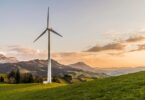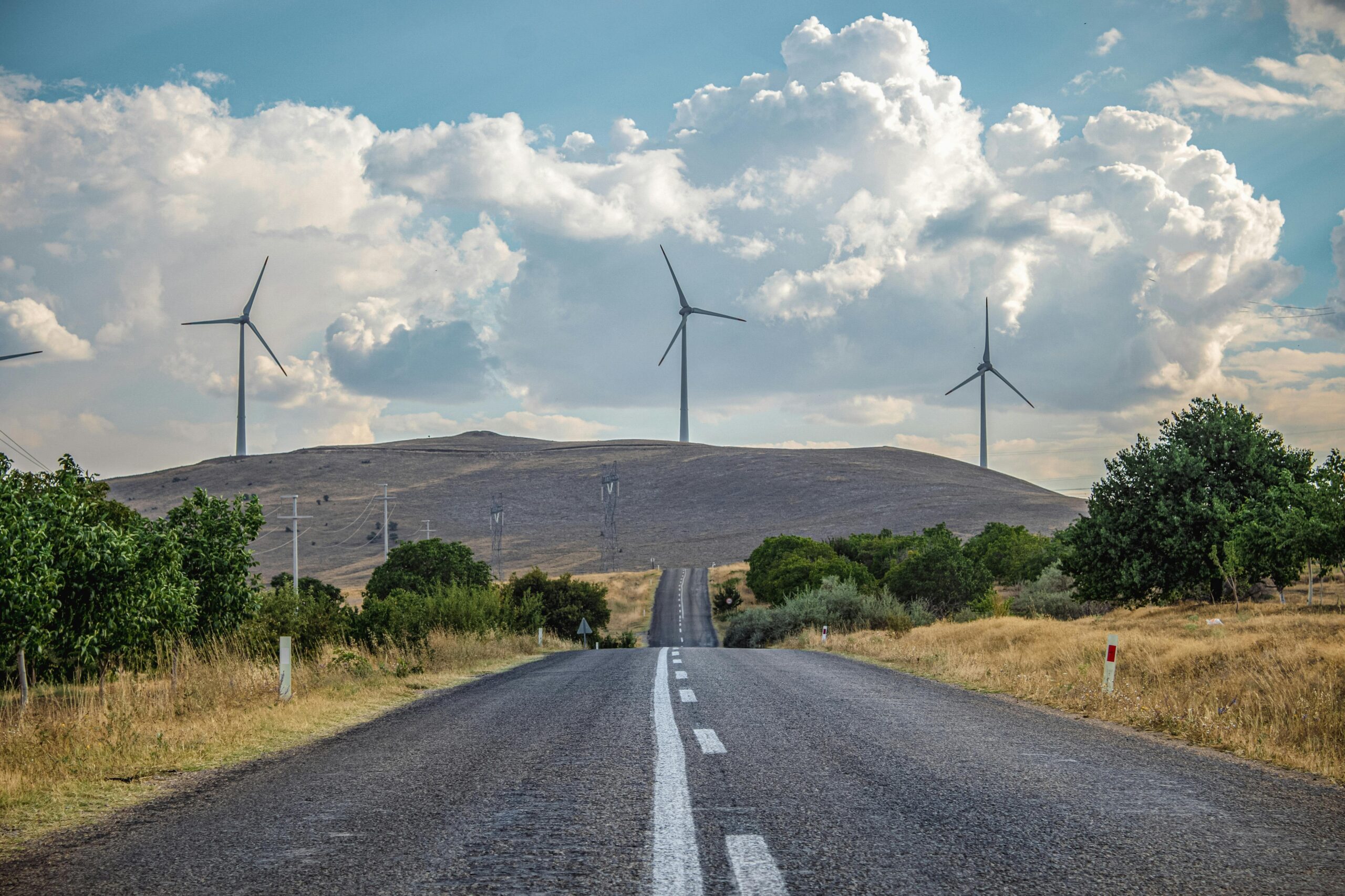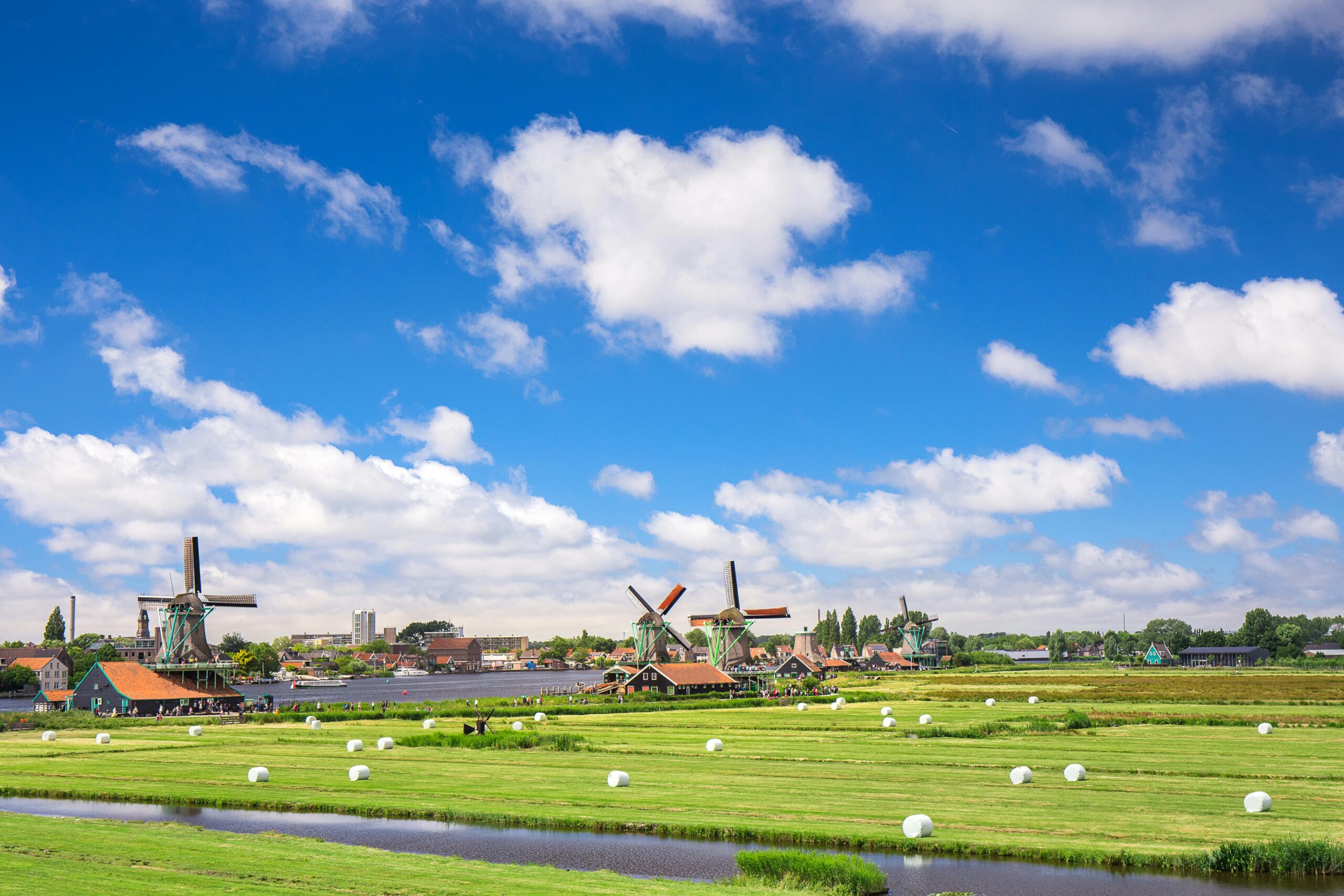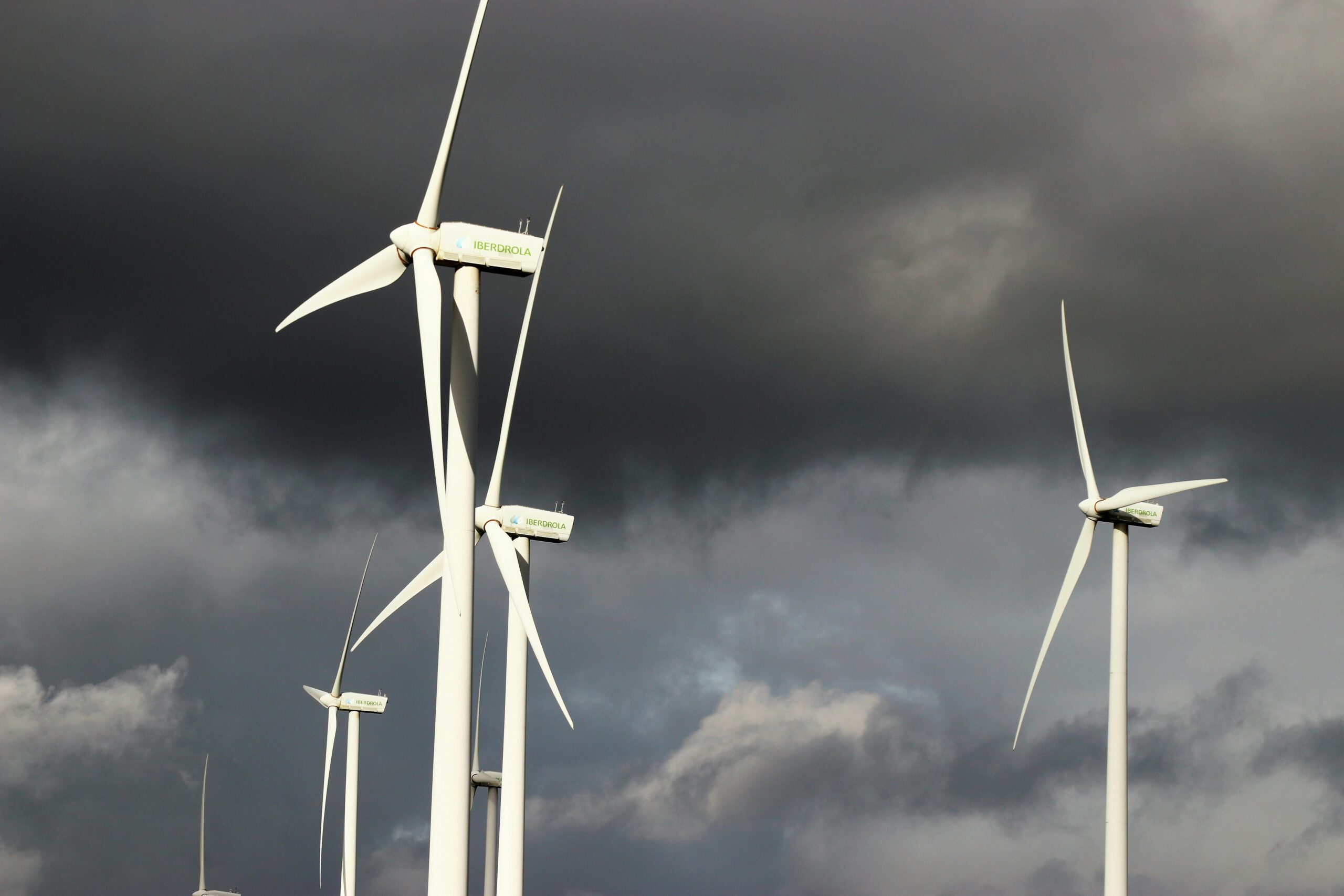Wind energy has rapidly become a key player in the global transition to renewable energy, contributing significantly to efforts to reduce greenhouse gas emissions and combat climate change. As technology advances and costs continue to decline, both established leaders and emerging markets are increasingly investing in wind power. This article explores current global trends in wind energy, highlighting key players and the dynamics shaping the market.
1. Leading Countries in Wind Energy
China: As the world’s largest producer of wind energy, China has consistently led global wind power installation and capacity. By 2023, China accounted for nearly 50% of the world’s total wind energy capacity, reflecting substantial investments in both onshore and offshore wind projects. The country’s government has set ambitious targets for expanding renewable energy, with plans to achieve 1,200 GW of wind and solar capacity by 2030. The combination of strong governmental support, technological advancements, and a vast market for renewable energy has positioned China at the forefront of the wind energy sector.
United States: The United States ranks second globally in wind energy capacity, with significant contributions from states like Texas, Iowa, and Oklahoma. Wind energy has become a critical component of the U.S. energy mix, accounting for approximately 8% of total electricity generation as of 2023. Federal policies, such as tax incentives and renewable energy standards, have supported the growth of the wind sector, alongside increasing investments from private companies. The U.S. offshore wind market is also gaining momentum, with several large-scale projects in development along the East Coast.
Germany: As a pioneer in renewable energy, Germany has been a leader in wind power for decades. The country has invested heavily in both onshore and offshore wind projects, contributing to its position as one of the top wind energy producers in Europe. In 2022, wind energy provided over 25% of Germany’s electricity generation. The government’s commitment to phasing out nuclear power and reducing carbon emissions has spurred further investments in wind energy, aiming for a substantial increase in capacity by 2030.
2. Emerging Markets in Wind Energy
India: India is rapidly emerging as a significant player in the global wind energy landscape. The country has set ambitious renewable energy targets, aiming for 500 GW of non-fossil fuel capacity by 2030, with wind energy playing a crucial role in achieving this goal. With a current installed capacity of over 40 GW, India is focusing on enhancing its wind energy infrastructure, particularly in states like Tamil Nadu and Gujarat. The government is also promoting offshore wind projects, tapping into its vast coastline potential.
Brazil: Brazil has witnessed substantial growth in wind energy, particularly in the northeastern region, where favorable wind conditions exist. As of 2023, Brazil ranks among the top ten countries in installed wind capacity, with over 20 GW. Government policies supporting renewable energy auctions and investments in transmission infrastructure have propelled the sector’s growth. The Brazilian government aims to increase the share of wind energy in the national electricity matrix, contributing to its commitment to reducing greenhouse gas emissions.
Africa: Various African countries are beginning to harness wind energy potential, with South Africa leading the way. The country has implemented a Renewable Energy Independent Power Producer Procurement Programme (REIPPPP), which has successfully attracted investments in wind projects. Other nations, such as Morocco and Kenya, are also exploring wind energy development, recognizing its potential to enhance energy security and promote sustainable development.
3. Technological Innovations and Future Trends
Technological advancements continue to drive the growth of wind energy. Innovations in turbine design, such as larger rotor diameters and taller towers, have improved efficiency and energy capture, making wind power more competitive with traditional energy sources. Additionally, floating wind turbines are gaining traction, allowing for the deployment of wind farms in deeper waters and expanding offshore wind energy potential.
The trend toward digitalization and data analytics is also transforming the wind energy sector. Advanced monitoring and predictive maintenance technologies are enhancing operational efficiency, reducing costs, and increasing the reliability of wind farms.
Conclusion
Global wind energy trends indicate a robust and dynamic market, with established leaders like China, the United States, and Germany setting the pace while emerging markets like India and Brazil are gaining ground. Technological innovations and supportive policies are driving the sector forward, contributing to the global push for renewable energy and sustainability. As countries strive to meet their climate goals, wind energy will continue to play a vital role in shaping the future of energy worldwide.








Leave a Comment